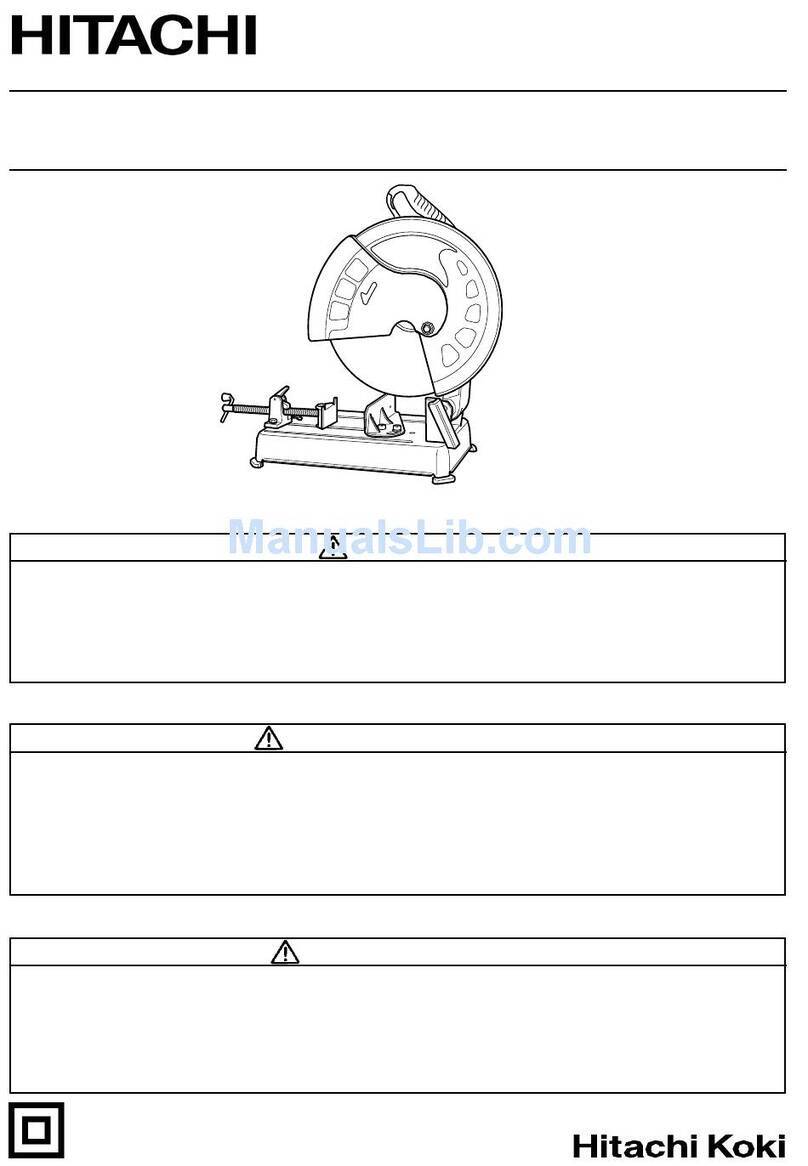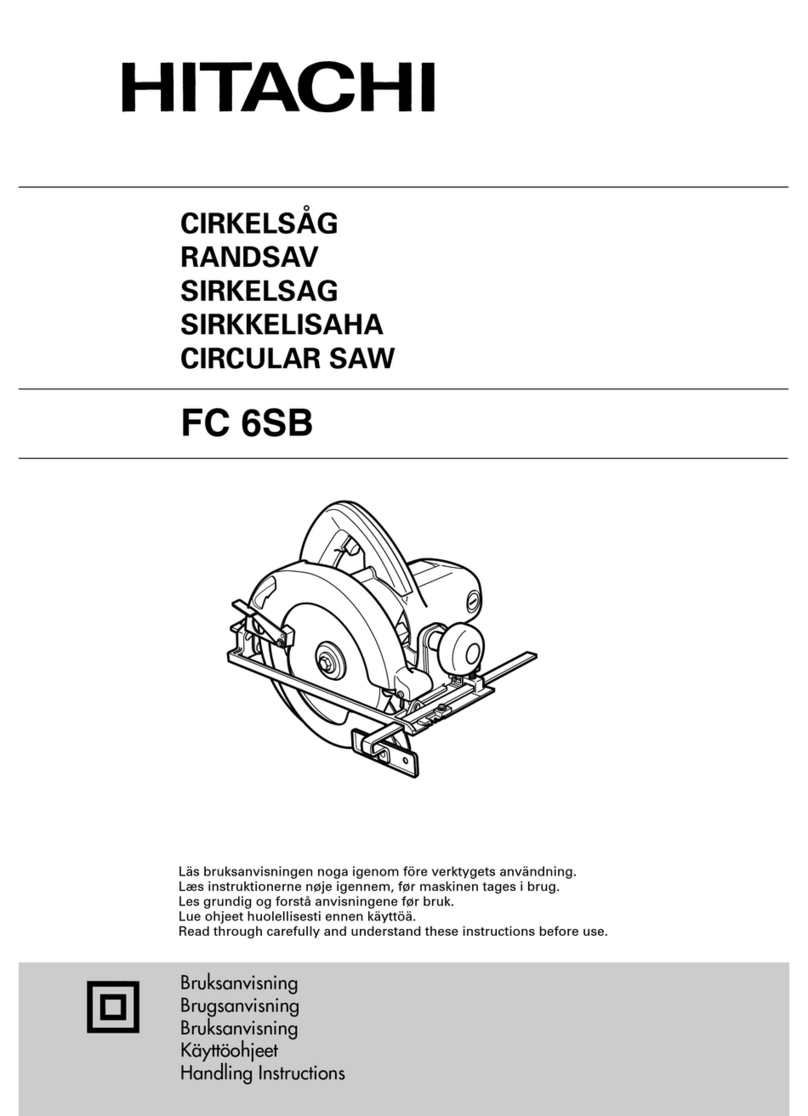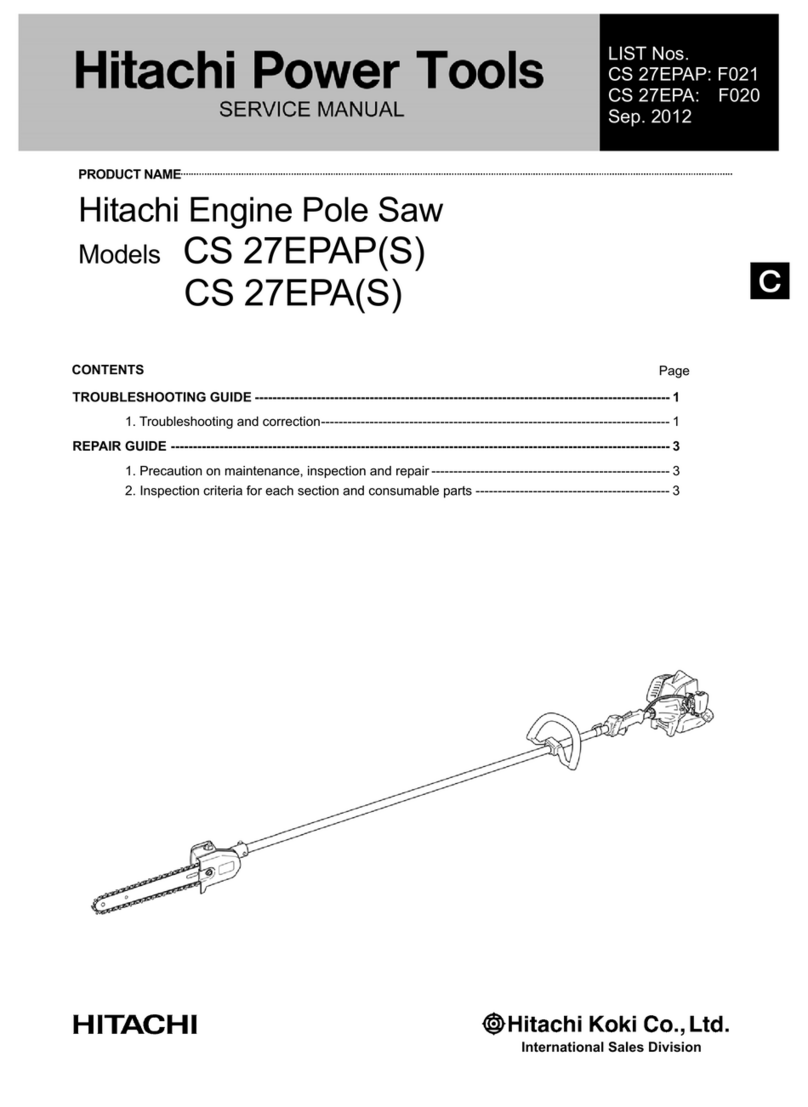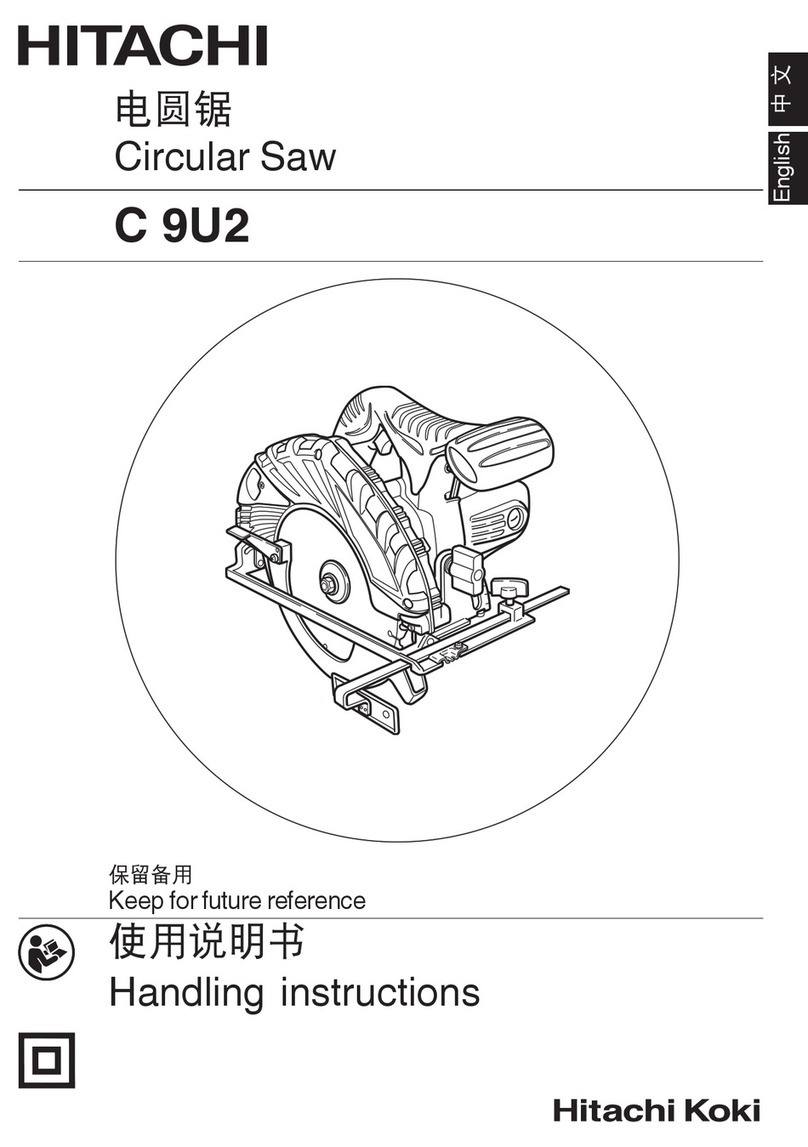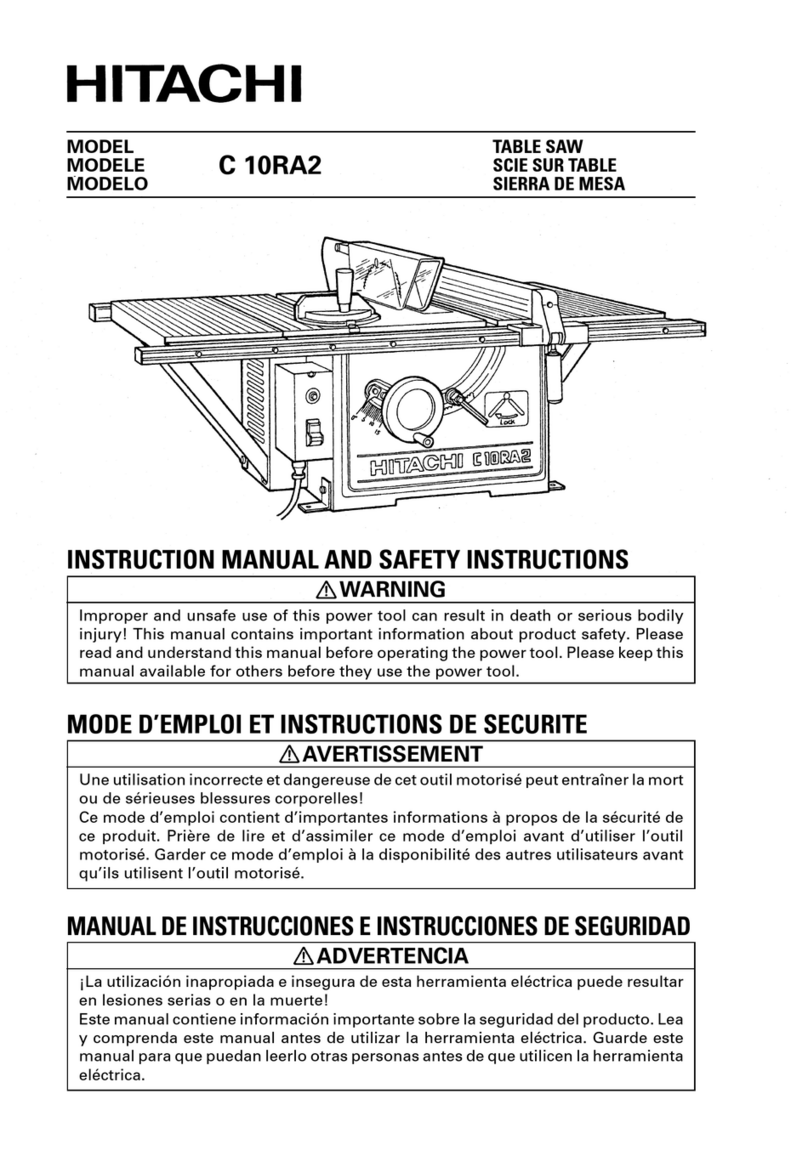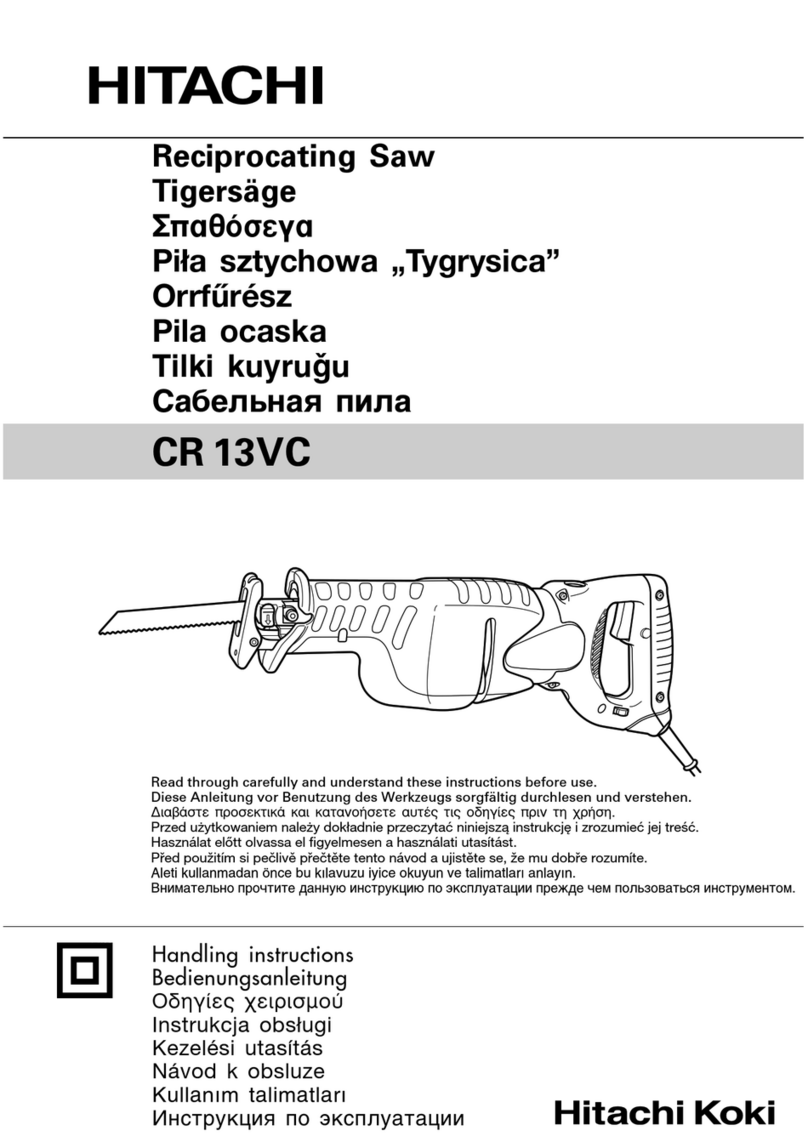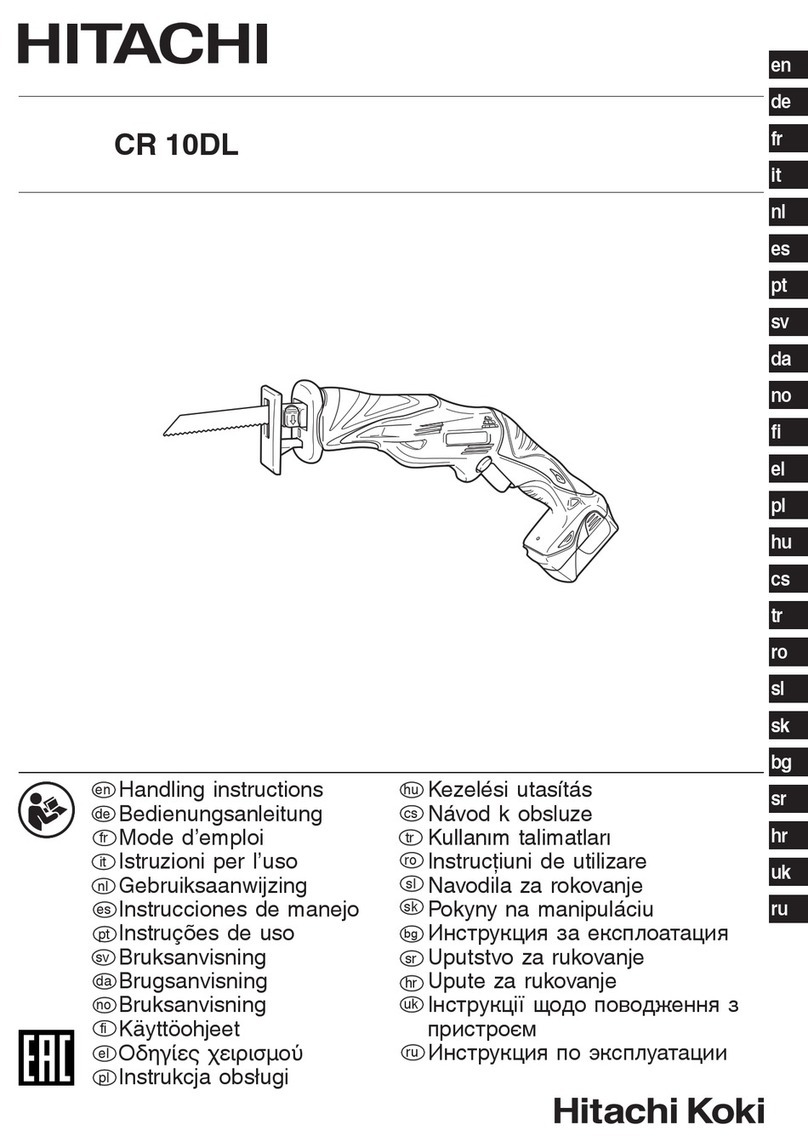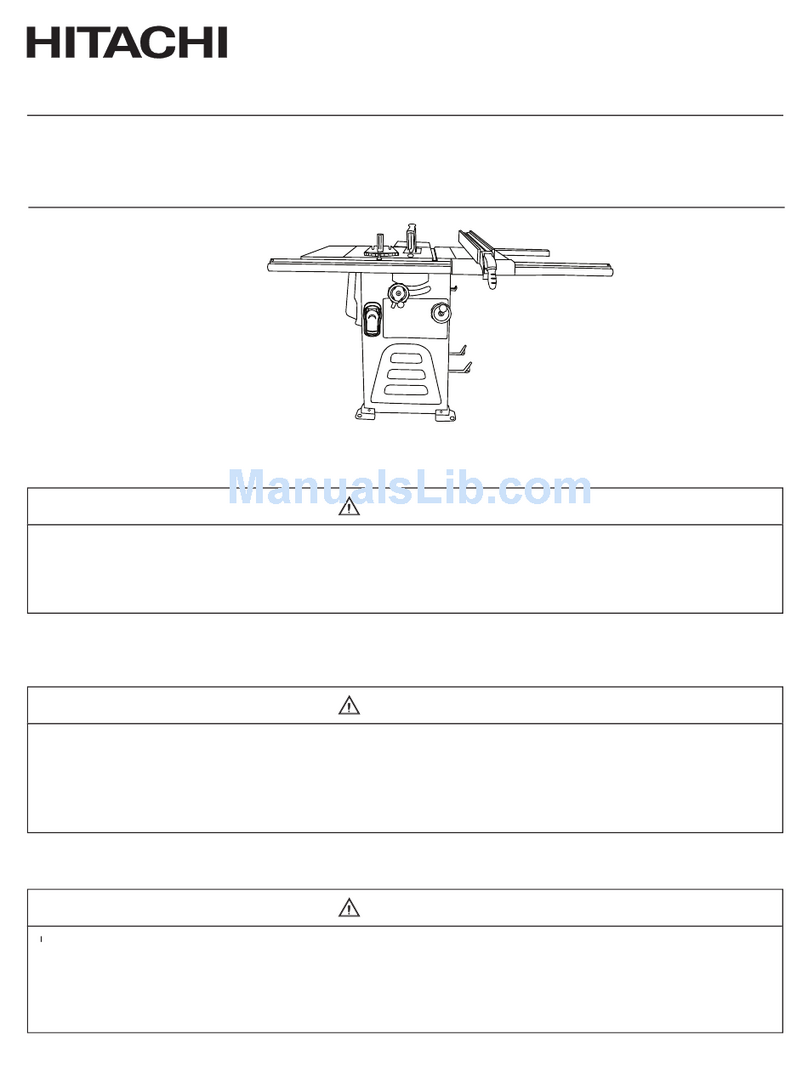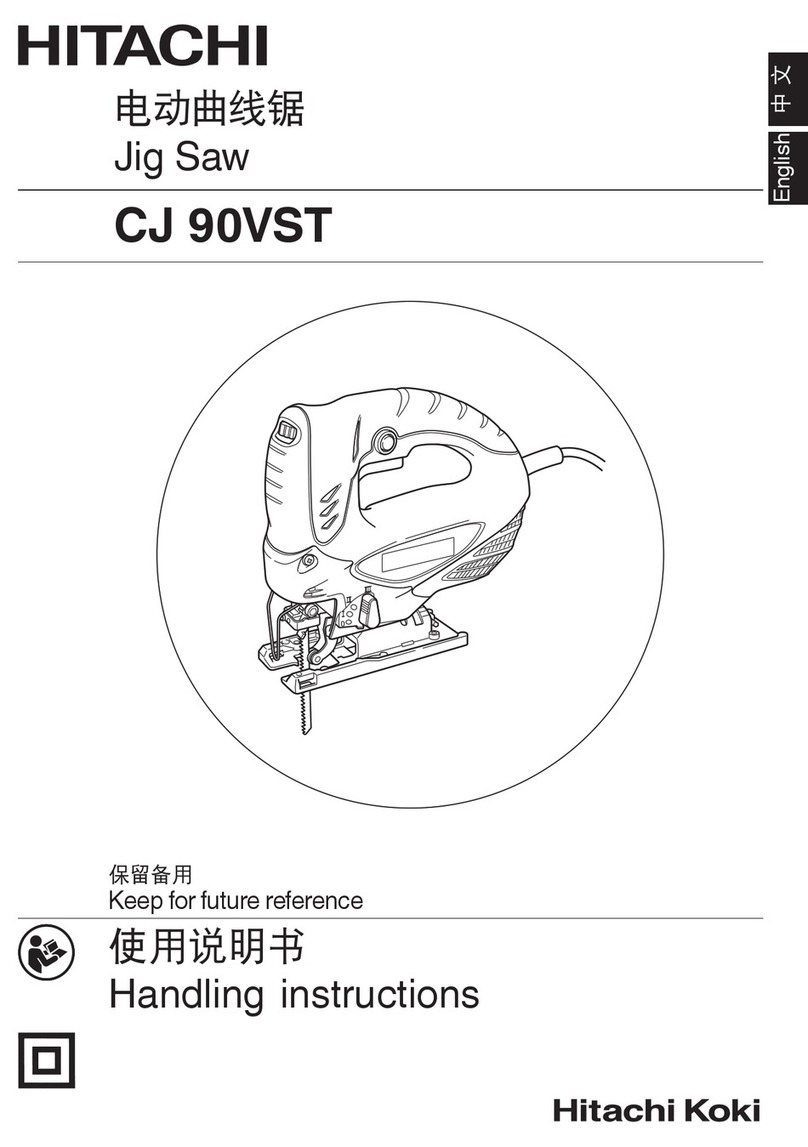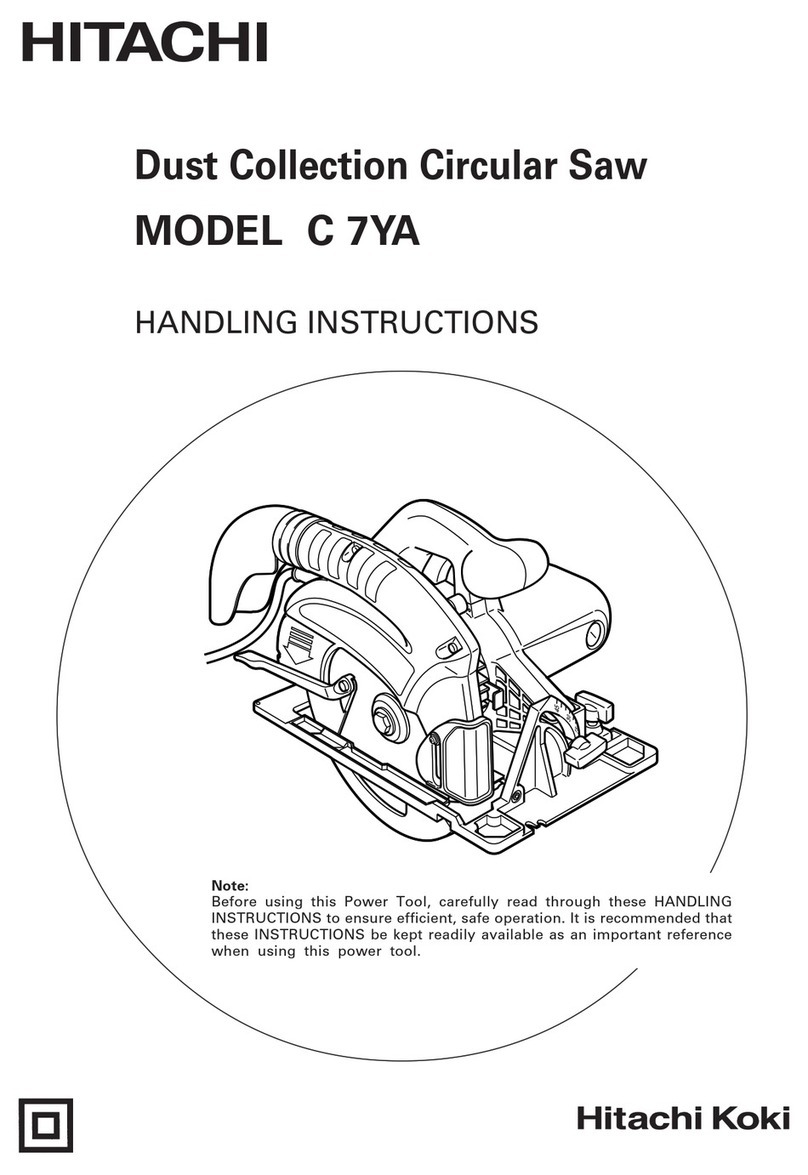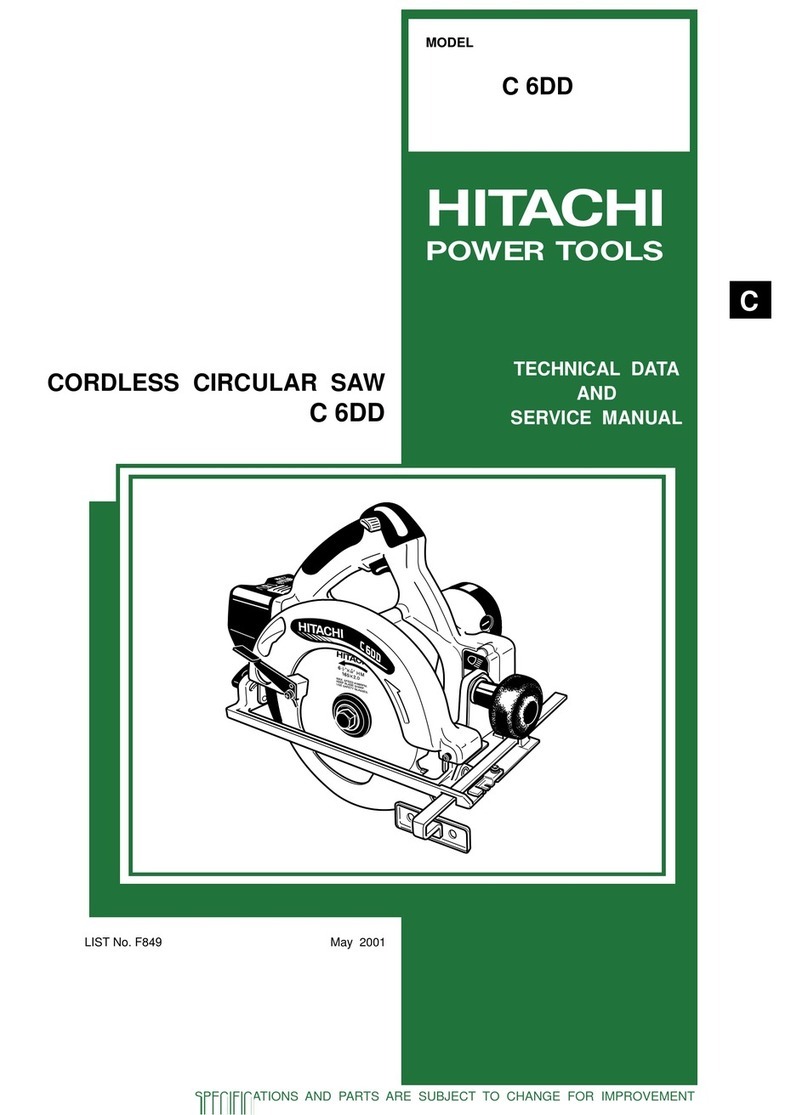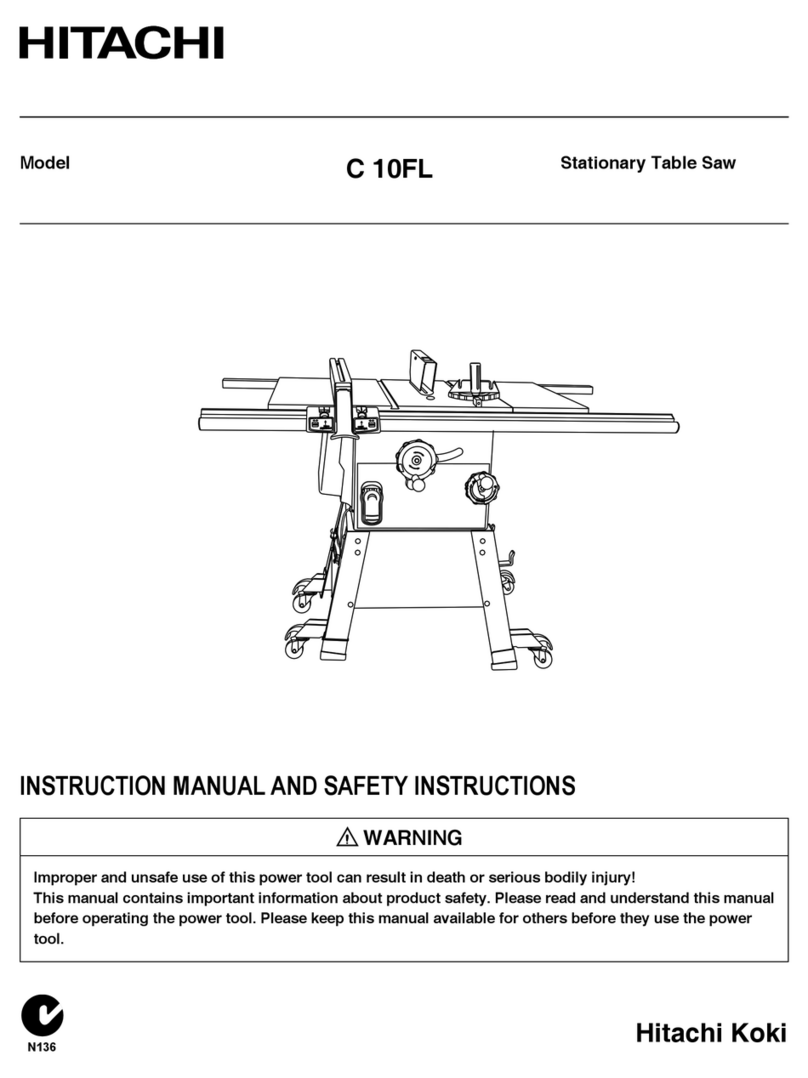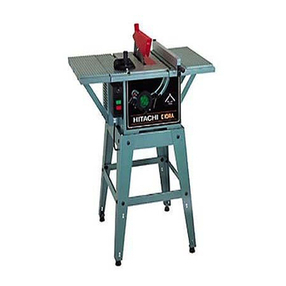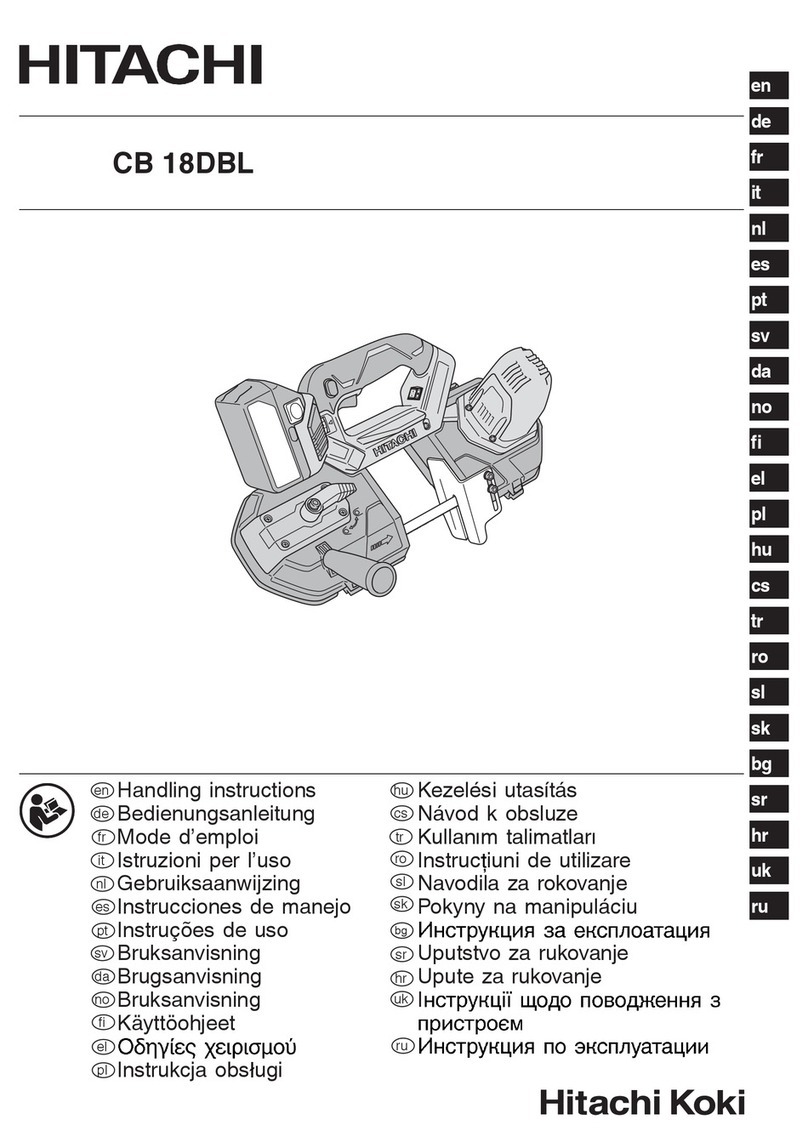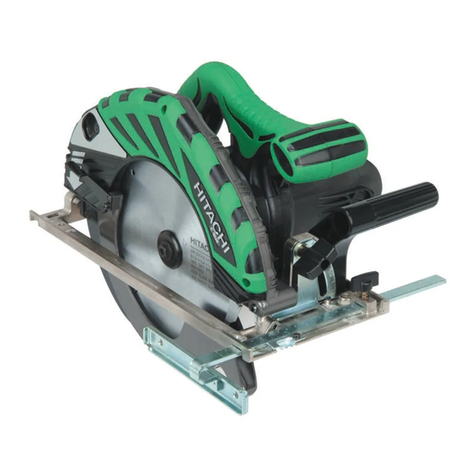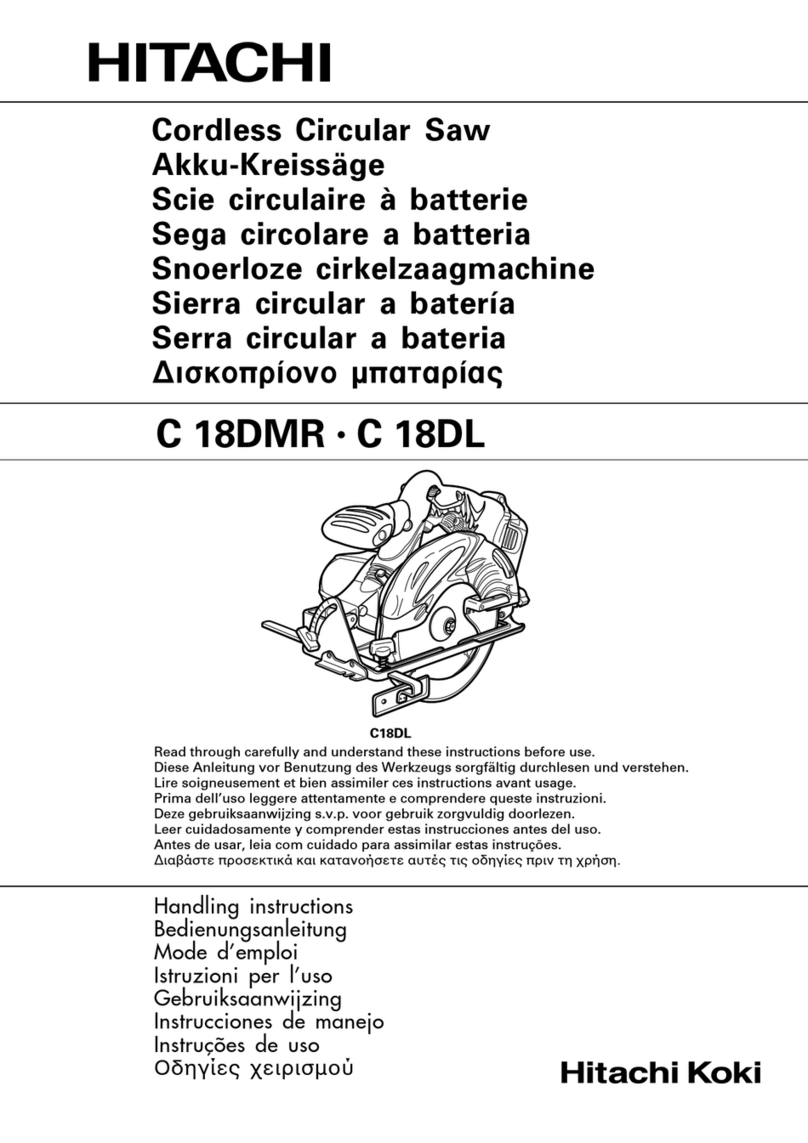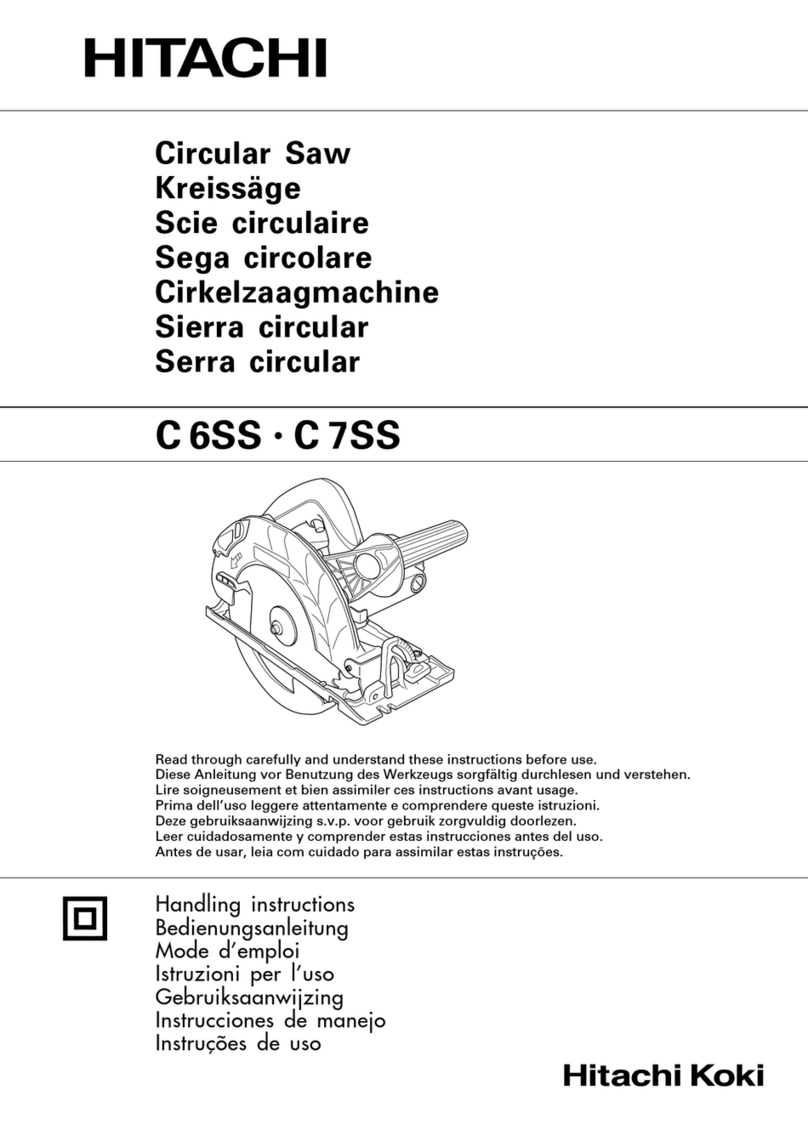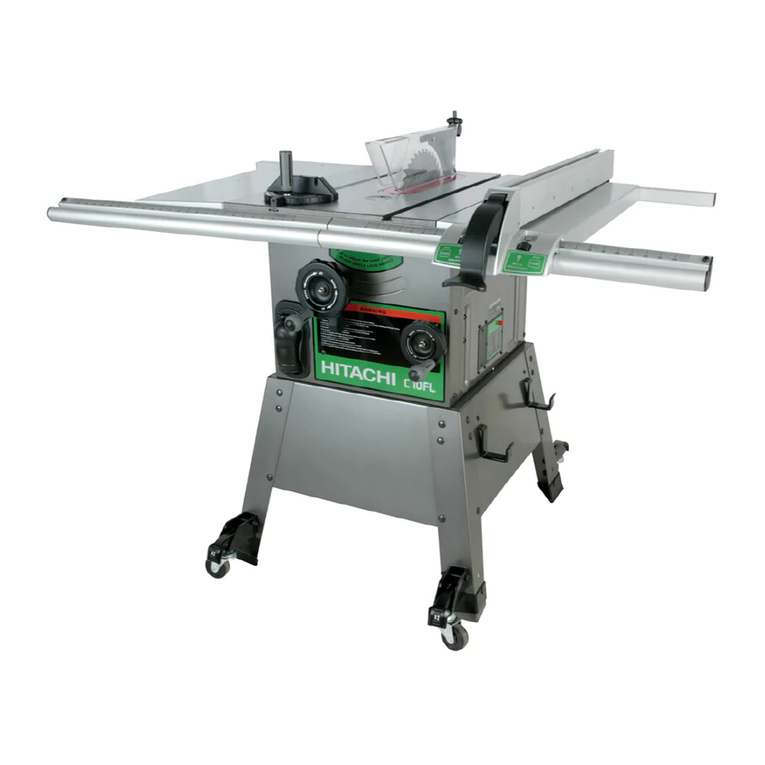
IMPORTANT SAFETY INFORMATION .............................. 3
MEANINGS OF SIGNAL WORDS ....................................... 3
SAFETY ......................................................................................... 4
IMPORTANT SAFETY INSTRUCTIONS FOR
USING ALL POWER TOOLS ........................................... 4
REPLACEMENT PARTS ....................................................... 8
USE PROPER EXTENSION CORD ....................................... 8
DOUBLE INSULATION FOR SAFER OPERATION ............ 9
OPERATION AND MAINTENANCE ........................................ 10
NAME OF PARTS ............................................................... 10
SPECIFICATIONS ............................................................... 12
CONTENTS
English
PAGE PAGE
ACCESSORIES .................................................................... 13
APPLICATIONS .................................................................. 14
PREPARATION BEFORE OPERATION ............................. 14
BEFORE USING ................................................................... 15
BEFORE CUTTING .............................................................. 17
PRACTICAL APPLICATIONS ............................................ 25
SAW BLADE MOUNTING AND
DISMOUNTING ............................................................. 38
MAINTENANCE AND INSPECTION ................................ 40
SERVICE AND REPAIRS .................................................... 42
TABLE DES MATIERES
Français
PAGE PAGE
INFORMATIONS IMPORTANTES
DE SÉCURITÉ ................................................................. 43
SIGNIFICATION DES MOTS
D’AVERTISSEMENT ..................................................... 43
SECURITE ................................................................................... 44
CONSIGNES DE SECURITE RELATIVES AUX
OUTILS ÉLECTRIQUES ................................................. 44
PIECES DE RECHANGE ..................................................... 48
UTILISER LE CORDON DE
RALLONGE APPROPRIÉ .............................................. 49
DOUBLE ISOLATION POUR UN
FONCTIONNEMENT PLUS SUR ................................. 49
UTILISATION ET ENTRETIEN ................................................. 51
NOM DES PIÈCES .............................................................. 51
SPÉCIFICATIONS ............................................................... 53
ACCESSOIRES .................................................................... 54
APPLICATIONS .................................................................. 55
PRÉPARATION AVANT L’UTILISATION ......................... 55
AVANT L’UTILISATION ..................................................... 56
AVANT LA COUPE .............................................................. 58
APPLICATIONS PRATIQUES ............................................ 66
INSTALLATION ET RETRAIT DE LA LAME ..................... 80
ENTRETIEN ET INSPECTION ............................................ 82
SERVICE APRÈS-VENTE ET RÉPARATIONS .................. 84
ÍNDICE
Español
PÁGINA PÁGINA
INFORMACIÓN IMPORTANTE SOBRE
SEGURIDAD ................................................................... 85
SIGNIFICADO DE LAS PALABRAS DE SEÑALIZACIÓN .... 85
SEGURIDAD ............................................................................... 86
NORMAS DE SEGURIDAD PARA LAS
HERRAMIENTAS ELÉCTRICAS ................................... 86
PIEZAS DE REEMPLAZO ................................................... 90
UTILICE EL CABLE PROLONGADOR
ADECUADO .................................................................... 91
AISLAMIENTO DOBLE PARA OFRECER UNA
OPERACIÓN MÁS SEGURA ........................................ 91
OPERACIÓN Y MANTENIMIENTO ......................................... 93
NOMENCLATURA DE PARTES ........................................ 93
ESPECIFICACIONES .......................................................... 95
ACCESORIOS ...................................................................... 96
APLICACIONES .................................................................. 97
PREPARATIVOS PREVIOS A LA OPERACIÓN ............... 97
ANTES DE LA UTILIZACIÓN ............................................. 98
ANTES DEL CORTE .......................................................... 100
APLICACIONES PRÁCTICAS .......................................... 108
MONTAJE Y DESMONTAJE DE LA
HOJA DE SIERRA ........................................................ 122
MANTENIMIENTO E INSPECCIÓN ............................... 124
SERVICIO Y REPARACIONES ......................................... 127
